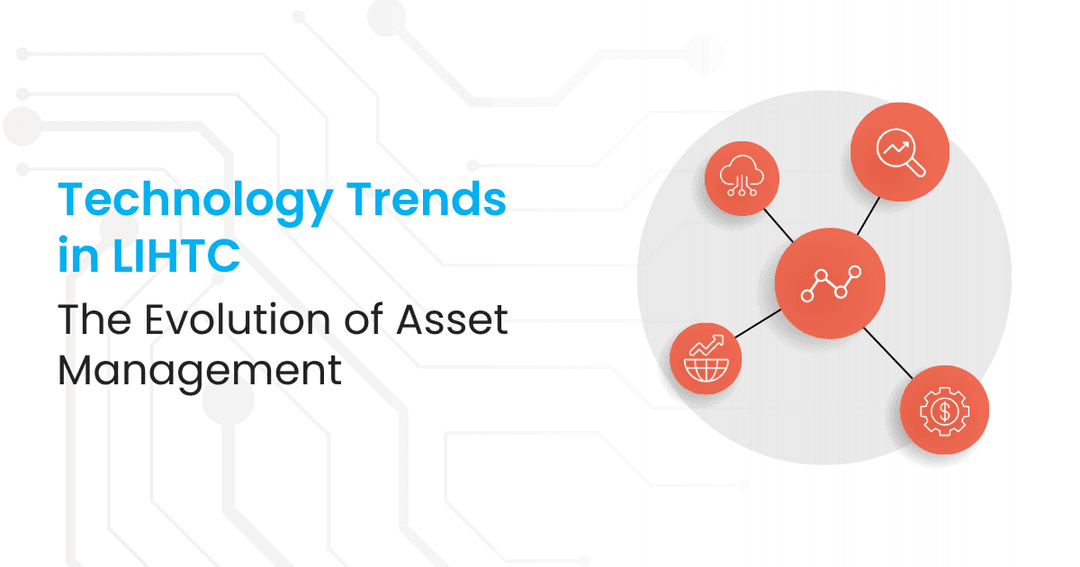Blogs| The Evolution and Trends in Asset Management Software Technologies
Written by

Anuj Pratap
Published
Aug 29, 2024
Topics
Asset Management

Technology integration has become the catalyst for transformative success in the vast landscape of real estate, where every decision holds weight in bricks and mortar. This blog will explore cutting-edge technologies that when embedded in asset management lifecycles can reshape the industry. This coming evolution can help tech savvy real estate professionals stay ahead of the curve in an ever-evolving market.
With its labyrinthine paperwork and manual processes, traditional real estate asset management faces challenges that often hinder efficiency and productivity. Enter the age of technology, where solutions are not just tools but partners in navigating the complexities of property management. The paradigm has shifted from property valuation to tenant interactions, allowing real estate professionals to redefine success.
In the dynamic world of LIHTC asset management, data assumes a throne of paramount importance. Analytics acts as the discerning crown, translating the language of data into actionable insights. Integrating data analytics and business intelligence within LIHTC asset management software is akin to having a reliable advisor, providing real-time illumination on market trends, property performance, and financial forecasts. This functionality serves as a beacon for asset managers, replacing the uncertain guesswork with informed choices that steer strategies toward success.
LIHTC asset management once grappled with manual intricacies, but today, automation emerges as a liberator. This software seamlessly executes mundane tasks from reporting to producing personalized reports without constant manual oversight. This process isn’t just about saving time – it’s a liberation of efficiency. Automation grants asset managers the freedom to focus on pivotal tasks like strategic decision-making and tenant satisfaction. These high-level tasks in turn enhance their ability to navigate the unique challenges of LIHTC projects with a sharper strategic focus.
The days of tethered offices and localized data are relics of the past in LIHTC asset management. Enter cloud-based asset management platforms – the virtual nexus revolutionizing accessibility and collaboration. It’s not merely a storage solution; it’s a collaborative space where LIHTC asset managers access property data, financial records, and tenant information seamlessly, transcending geographical constraints. This virtual command center enhances communication and ensures that all stakeholders are on the same page, fostering collaboration in the dynamic world of LIHTC asset management.
In LIHTC asset management, mobility is more than a convenience; it’s necessary. Mobile technologies empower asset managers with on-the-go capabilities, ensuring that property updates, tenant communication, and strategic decisions are at their fingertips. It’s the practicality of handling property matters with the ease of checking social media – a reality that aligns with the dynamic nature of LIHTC projects. These mobile tools equip asset managers to navigate the LIHTC landscape efficiently, irrespective of their physical location, ensuring agility and responsiveness in their management approach.
In the ever-evolving landscape of Low-Income Housing Tax Credit (LIHTC) asset management, staying ahead means anticipating and embracing future trends. Let’s delve into the next chapter of LIHTC asset management software, where innovation becomes a cornerstone for success.
These future trends and innovations pave the way for a more efficient, secure, and collaborative approach in LIHTC asset management. By embracing these advancements, professionals in the field can meet current challenges and proactively shape the future success of LIHTC projects.
In this tech-infused era, real estate asset management is a dynamic interplay of human expertise and technological prowess. The tools we discussed aren’t just additions to the toolkit; they are the architects of success. From illuminating insights to unshackling efficiency and fostering collaboration, technology plays a distinct role in enhancing the effectiveness of LIHTC asset management.